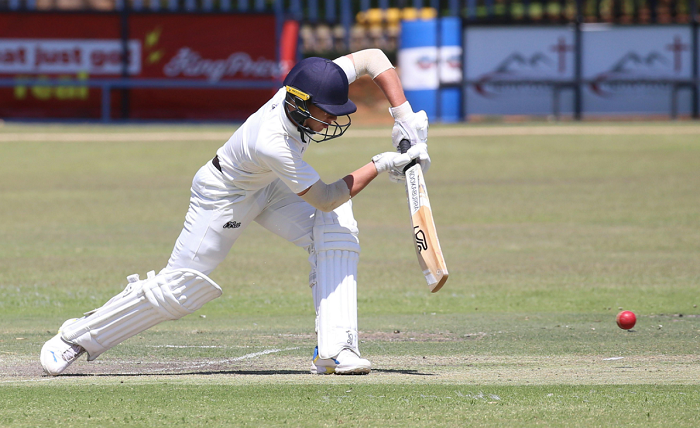A live match page should feel calm the moment it opens. Key cues must sit in one place so the brain can read pressure quickly during short breaks. When a scorecard keeps current and required run rate together, wickets in hand up top, and short ball-by-ball lines that name the bowler, length, and result, the chase starts to make sense without reloading three tabs. Powerplay rules shape the first six overs in T20, while the last four overs often decide the finish. In ODIs, middle phases reward rotation and strike farming, so a late push has fuel. A simple loop helps on busy days: open a lean hub, scan the last five deliveries, compare rate vs. target, count wickets, and note which specialists still hold-overs at the death.
What A Good Live Hub Puts In Plain Sight
The best pages keep three things visible without hunting: the rate gap, the wicket count, and short commentary that exposes repeatable patterns like wide yorkers outside off, back-of-length clamps into the pitch, or slower balls rolled from the fingers. When those patterns repeat across two overs, pressure tends to tilt even before totals reflect it. If dot balls stack, the required rate can jump fast, and panic shots follow. If a set pair holds shape while the gap stays near the target, the innings stays on script. The page should also show unused overs, because two in the bank from a death specialist change how the batting side must act right now rather than later when the clamp arrives.
Fans who keep one quick link on the home screen gain a steady lens for late swings. A clean card that loads fast over average data, names the next two bowlers, and keeps the last ball at the top does more work than a flashy layout. For a compact, phone-friendly view that fits this method, a smart choice is desi sports live where the essentials sit together without clutter or heavy pop-ups. Read the final five balls first. If the gap sits around two with eight wickets in hand and a set batter past twenty balls faced, rotation plus one mistake ball can soften pressure. If the gap pushes past three while a yorker expert still has two overs, boundary options must appear before that spell begins, or the chase stalls on contact.
A One-Minute Loop That Works Across Formats
Short, repeatable habits beat guesswork. Start by looking at wickets in hand, because that number sets how bold the next six balls can be. Then compare current to required run rate to size pressure without emotion. Read the last five deliveries to spot line and length patterns that tend to repeat under stress. Glance at the two most likely bowlers next and their recent economy; that view signals a squeeze or a release before it hits. In T20, a set batter near a 150 strike rate across twenty-plus balls often controls tempo. In ODIs, a player above ninety with fifty-plus balls faced anchors the chase and buys partners room to take clean shots when fielders spread late.
- Rate vs. target shows pressure at a glance and trims bias during swings
- Wickets in hand sets the ceiling for intent in the very next over
- Last five balls reveal repeat plans that shape outcomes within minutes
- Next two bowlers and their economy hint at either a clamp or a burst
- Set batter’s strike rate with balls faced shows who truly drives tempo
Reading Batting And Bowling Signals Without Noise
Runs alone do not explain risk, because timing grows with time at the crease. A line like 30 off 20 carries different value than 30 off 35; the first usually means range is open, while the second suggests the player is still sighting or the field has removed scoring areas. Two set players turn singles into steady climbs and punish errors. Fresh hitters need sighters, which is why collapses often come when a tight spell meets new batters. On the bowling side, a captain who saves an over for a yorker expert at the end forces intent earlier; overs seventeen to nineteen cannot drift if the twentieth squeezes. Fall-of-wickets notes tell which lengths drew mistakes. If hard length into the pitch removed two middle-order players, expect that plan the moment the required rate jumps.
Phone-First Setup That Keeps Attention On The Game
A light layout beats a busy one, especially on cellular. Dark mode cuts strain at night. A single top bar with “Live,” “Scorecard,” and “Commentary” keeps the loop tight and avoids dead taps. The page should load in a couple of seconds and hold the last ball without a scroll. Ads that push content down or auto-playing assets ruin focus and drain battery during long innings. Favor feeds that label bowler, length, and result in one compact line; those tags carry more meaning than large graphics because they point to repeatable plans. Save one or two trusted hubs to bookmarks and use a “recent” row or browser history to return to the same match after a call. With that setup, each refresh becomes a quick audit rather than a hunt.
A Calm Way To Follow Every Chase
Match days feel easier with one habit that takes under a minute yet travels well across grounds and formats. Open the lean hub, read five balls, check the rate gap, count wickets, and note who still owns the finish. Plan around field limits early and specialist overs late in T20; protect wickets through the middle in ODIs so a late push has fuel. Keep language in the interface clear, avoid feeds that hide key numbers, and treat each check-in as a small decision about pressure, options, and timing. With that lens, updates turn from noise into a clear map of where the game leans now, what plan will land next, and which delivery is most likely to tilt a chase before the scoreboard catches up.







